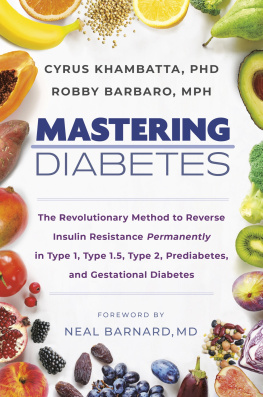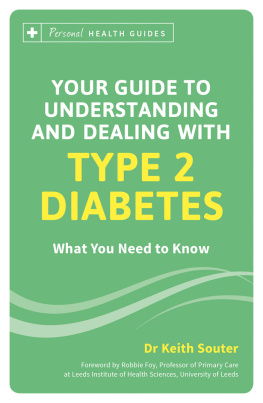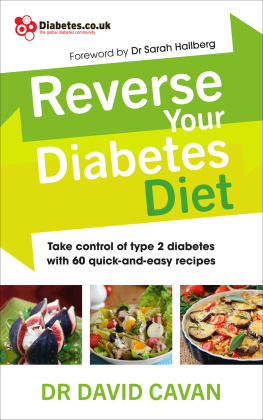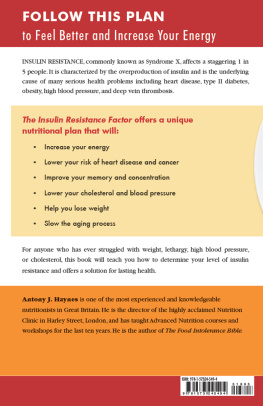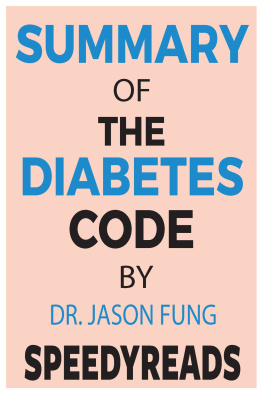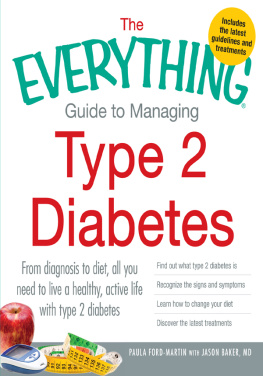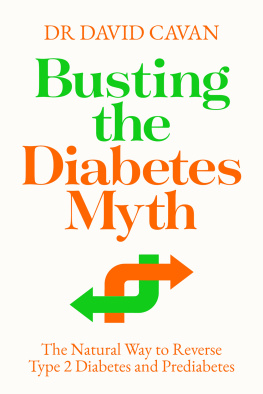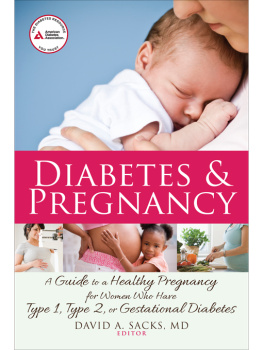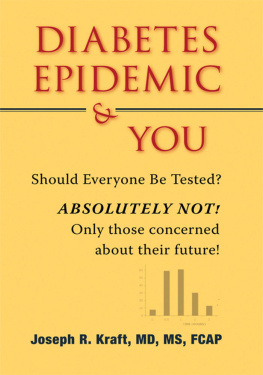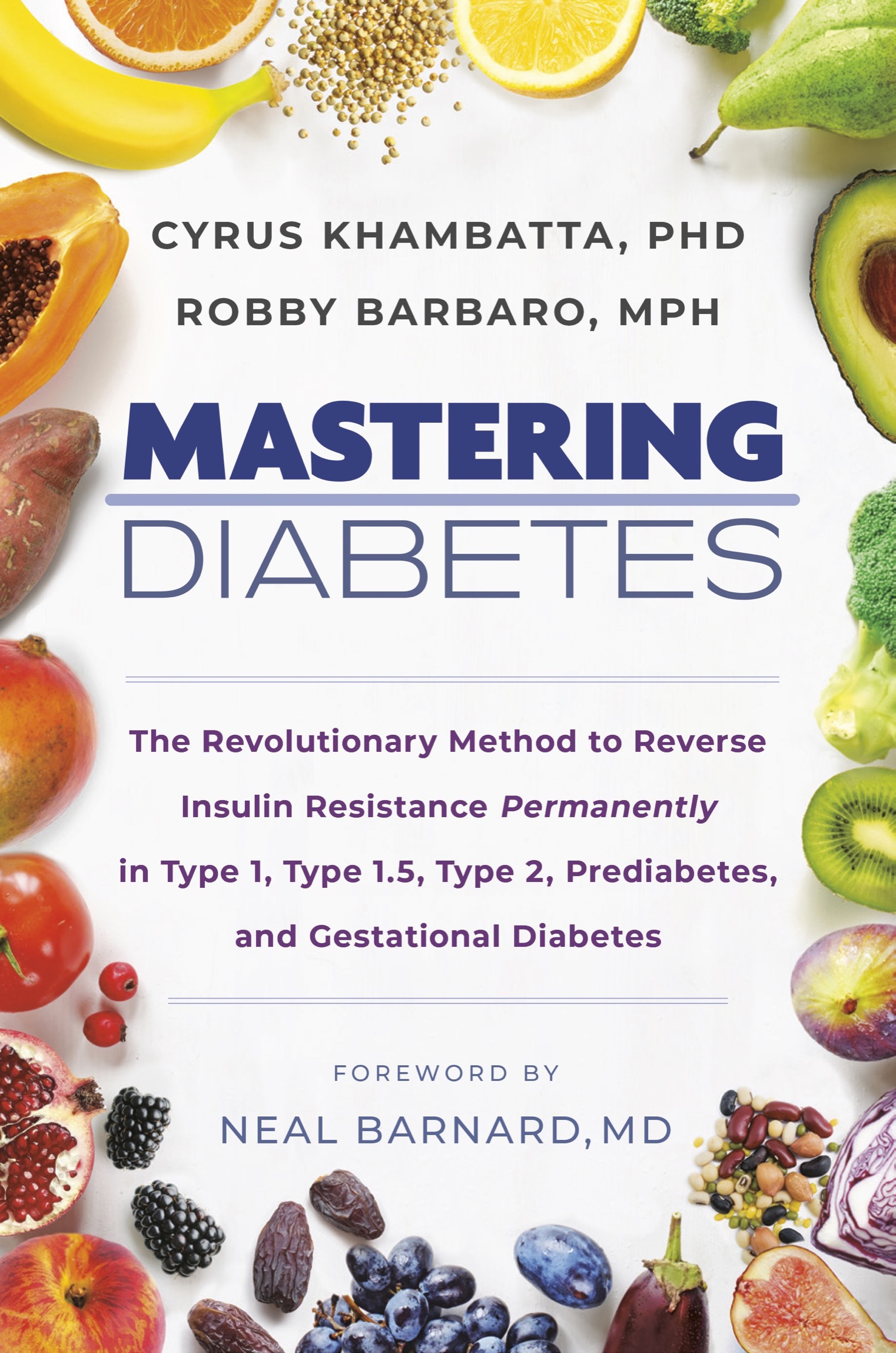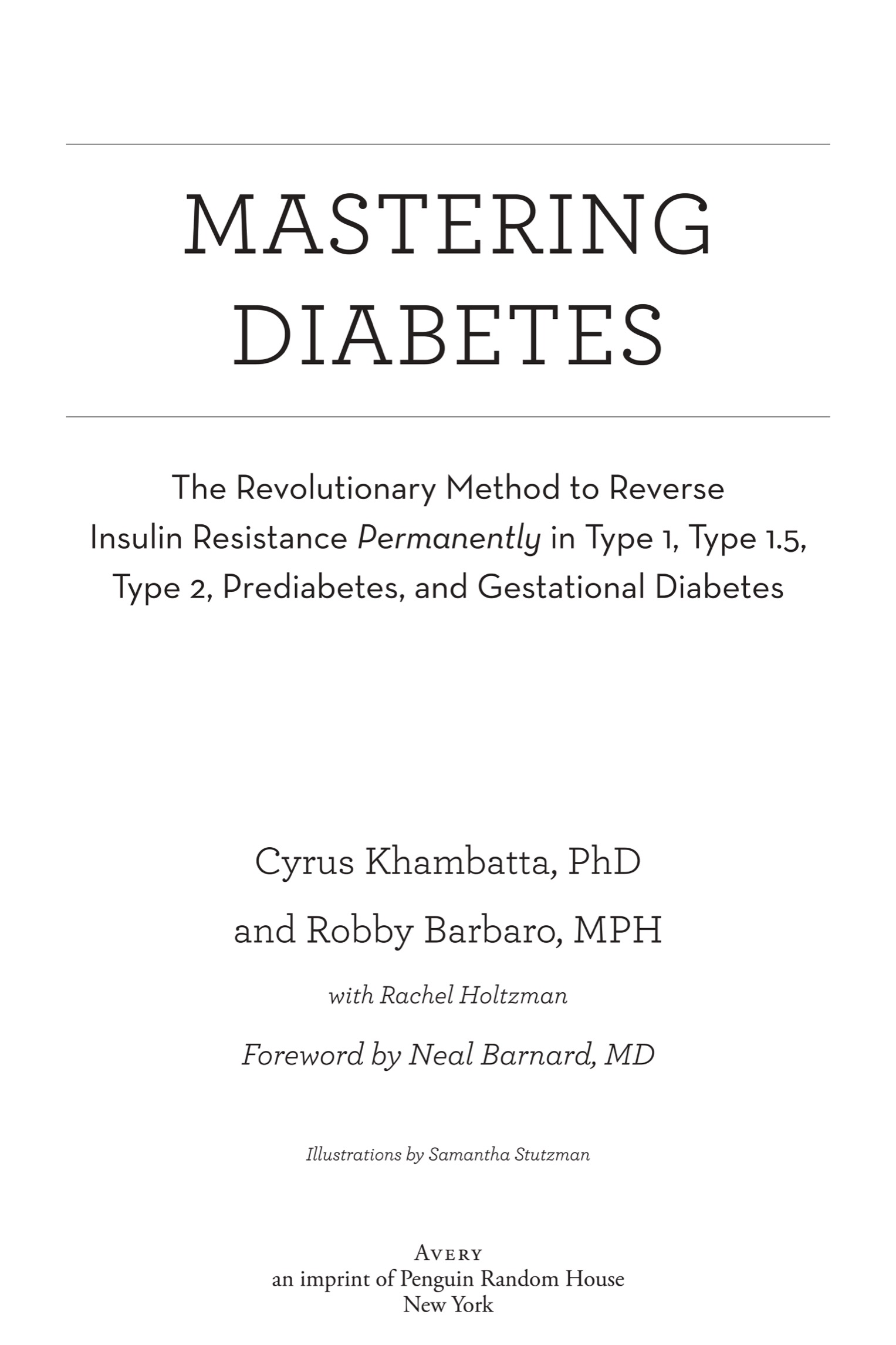Penguin supports copyright. Copyright fuels creativity, encourages diverse voices, promotes free speech, and creates a vibrant culture. Thank you for buying an authorized edition of this book and for complying with copyright laws by not reproducing, scanning, or distributing any part of it in any form without permission. You are supporting writers and allowing Penguin to continue to publish books for every reader.
Neither the publisher nor the author is engaged in rendering professional advice or services to the individual reader. The ideas, procedures, and suggestions contained in this book are not intended as a substitute for consulting with your physician. All matters regarding your health require medical supervision. Neither the author nor the publisher shall be liable or responsible for any loss or damage allegedly arising from any information or suggestion in this book.
This book is dedicated to those willing to challenge the status quo and to those willing to reevaluate outdated and incomplete scientific principles.
Foreword
My father arrived home from work every night around six oclock. He set his heavy medical bag next to the door and plunked down in a living room chair to read the newspaper until dinnertime. He was the diabetes expert for Fargo, North Dakota. Patients from eastern North Dakota and western Minnesota came to see him to find out how they were doing and to regulate their insulin doses. Not once did he come home proclaiming that a patient had been cured. He never even mentioned that a patient with diabetes got better. His goals were much more modest. He worked only to slow the inevitable complications of the disease.
For many people with diabetes, that is about as good as it gets, even today. Diagnosed with type 2 diabetes, they are advised to make a few perfunctory diet changes and to take a gradually escalating regimen of medications. Drugs for diabetes. Drugs for cholesterol. Drugs for blood pressure. And the disease never goes away and never really gets better. People with type 1 diabetes manage the disease as best they can, hoping to stave off complications. Women with gestational diabetes assume the disease will recur with each pregnancy.
If that has been your experience, you are about to enter a completely new world. It is time to master diabetes. For some people, that may even mean getting rid of it.
The first clues that diabetes could be tamed came from observations in countries that changed their diets. In Japan in the 1980s, for example, the fast-food invasion meant that chicken wings, burgers, and milkshakes replaced the traditional rice-based diet. In the process, diabetes rates soared. Similarly, as Americas appetite for meat and cheese grew decade after decade, so did the prevalence of type 2 diabetes. That led to the question, what if we do exactly the opposite? What if we throw out these unhealthy foods and move to a more plant-based diet?
Our research team, funded by the National Institutes of Health, did just that. In a group of adults with type 2 diabetes, we randomly assigned half to a conventional diabetes diet that called for reducing calories and keeping carbohydrates fairly steady from day to day. The other participants began a totally new diet, throwing out meat, cheese, and other animal products altogether and minimizing oils. Rather than restricting fruits, as many people with diabetes have been told to do, they had all the fruit they wanted. And they ate vegetables, beans, whole grains, and all the foods these ingredients turn into: vegetable stews, lentil soup, bean burritos, angel hair pasta topped with artichoke hearts and grilled mushrooms, vegan lasagna, curries, vegetable sushi, and countless others, without counting calories or carbohydrates.
In the process, their laboratory tests showed surprising results. In 2006, the American Diabetes Association published our first findings: The plant-based diet was three times more effective at improving blood glucose control compared with the conventional diet. Three years later, we published our longer-term findings in the American Journal of Clinical Nutrition, confirming that the benefits last. Many other research teams have studied similar diets, consistently finding weight loss and improved cholesterol levels and blood pressure. Perhaps surprisingly, it has turned out to be rather easy. Yes, our research participants do have to learn some new tastes and unlearn others. But unlike every other diet they have been on, there is no hungerthey are free to eat as much as they want. There is no roller coaster ride of weight loss followed by weight gain. And they never have to fear carbohydrates as many people do. They are free to explore a new world of delicious foods.
We have also put the diet to work for people with long-standing diabetes, whose disease has led to painful neuropathy in their feet or hands. And despite their long history with the disease, they, too, improve to a surprising degree.
Meanwhile, our colleagues at Yale University have looked inside the human body to understand what is actually happening during a diet change. Using magnetic resonance spectroscopy, they have found that fats from the foods we eat accumulate inside muscle and liver cells. As these fats build up, they interfere with insulin function, causing a condition called insulin resistance and setting the stage for type 2 diabetes. A low-fat plant-based diet, of course, has no animal fat and very little vegetable fat. So it helps that built-up fat to dissipate, allowing insulin function to be restored to a great degree.
Many people have put this approach to work for type 1 diabetes, too, finding that it greatly improves their glucose control, slashes their insulin requirements, and helps them feel better overall. Researchers are also investigating ways of preventing type 1 diabetes, finding that breast-feeding (especially avoiding exposure to cows milk proteins) may reduce the chances of sparking the autoimmune reaction that destroys the insulin-producing beta cells of the pancreas. While that research is by no means finished, there is every reason to take advantage of the power of a plant-based diet.
Mastering Diabetes puts this power in your hands. Cyrus and Robby know diabetes inside and out, having dealt with it personally and having thoroughly researched the published literature. They are experts, and they will guide you step by step. Soon, you will have the confidence of knowing you are on the right path. You will see the results in how you feel, and you will confirm these benefits in your laboratory tests.
Let me encourage you to read this book from cover to cover, to put its power to work, and to share it with others who could benefit from this life-changing new approach.
Neal D. Barnard, MD, FACC
President, Physicians Committee for Responsible Medicine
Adjunct Associate Professor of Medicine, George Washington University School of Medicine and Health Sciences
Washington, DC
In the process of writing this book, we read thousands of scientific papers and referenced more than 800 peer-reviewed articles. Even though there are too many references to print in this book, we are passionate about empowering you to make informed decisions for your health. Visit www.masteringdiabetes.org/bookinfo to explore every scientific reference in this book.

